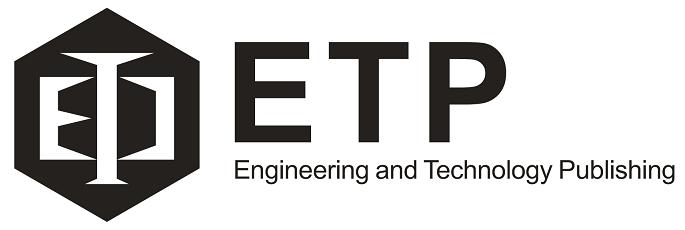IJPMBS 2024 Vol.13(3): 74-79
doi: 10.18178/ijpmbs.13.3.74-79
doi: 10.18178/ijpmbs.13.3.74-79
Comparison of Four Automatic Detection Algorithm with Initial Parameters for DICOM Artificial Brain Shift
Kaoru Watanabe 1, Takumi Mori 1,
Hiroshi Noborio 1,*, and
Masanao Koeda 2
1. Osaka Electro-Communication University, Shijo-Nawate, Japan
2. Okayama Prefectural University, Soja, Japan
Email: kaoru@osakac.ac.jp (K.W.); nobori@osakac.ac.jp (H.N.); koeda@ss.oka-pu.ac.jp (M.K.)
*Corresponding author
2. Okayama Prefectural University, Soja, Japan
Email: kaoru@osakac.ac.jp (K.W.); nobori@osakac.ac.jp (H.N.); koeda@ss.oka-pu.ac.jp (M.K.)
*Corresponding author
Manuscript received October 15, 2023; revised November 25, 2023; accepted March 12, 2024; published July 30, 2024.
Abstract—In neurosurgery to remove brain tumors, DICOM data, a medical imaging standard, is generated preoperatively using CT and MRI. This data is used for surgical planning. However, brain deformities, known as brain shifts, can occur during surgery and deviate from the preoperative surgical plan. Deviations from the surgical plan due to brain shift are a life-threatening problem as they reduce the success rate of surgery. Brain shift has not yet been elucidated and DICOM data acquired by MRI and CT for surgical planning and post-operative management are stored and archived at hospitals and discarded after a certain period. To address these issues, we started research around 2018 with the goal of modelling brain shifts. This will enable surgical planning to take brain shifts into account during pre-operative conferences. The corresponding OpenCV feature points are extracted from the pre-operative and post-operative DICOM and the brain shift is extracted from their motion vectors. Here, the feature point extraction algorithms BRISK, AKAZE, ORB, and SIFT are compared and it is experimentally confirmed that BRISK and AKAZE have better brain shift extraction capability than the other two algorithms.
Keywords—brain-shift, Digital Imaging and Communications in Medicine (DICOM), OpenCV’s feature point
Cite: Kaoru Watanabe, Takumi Mori, Hiroshi Noborio, and Masanao Koeda, "Comparison of Four Automatic Detection Algorithm with Initial Parameters for DICOM Artificial Brain Shift," International Journal of Pharma Medicine and Biological Sciences, Vol. 13, No. 3, pp. 74-79, 2024.
Copyright © 2024 by the authors. This is an open access article distributed under the Creative Commons Attribution License (CC BY-NC-ND 4.0), which permits use, distribution and reproduction in any medium, provided that the article is properly cited, the use is non-commercial and no modifications or adaptations are made.
Cite: Kaoru Watanabe, Takumi Mori, Hiroshi Noborio, and Masanao Koeda, "Comparison of Four Automatic Detection Algorithm with Initial Parameters for DICOM Artificial Brain Shift," International Journal of Pharma Medicine and Biological Sciences, Vol. 13, No. 3, pp. 74-79, 2024.
Copyright © 2024 by the authors. This is an open access article distributed under the Creative Commons Attribution License (CC BY-NC-ND 4.0), which permits use, distribution and reproduction in any medium, provided that the article is properly cited, the use is non-commercial and no modifications or adaptations are made.
Previous paper:First page
Next paper:The Thymoquinone Inhalable Nano-drug Delivery System with COVID-19 Therapeutic Potential
Next paper:The Thymoquinone Inhalable Nano-drug Delivery System with COVID-19 Therapeutic Potential
